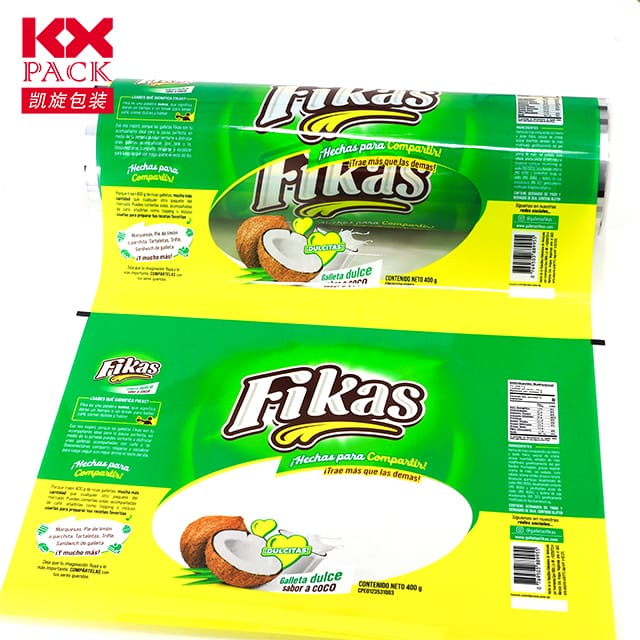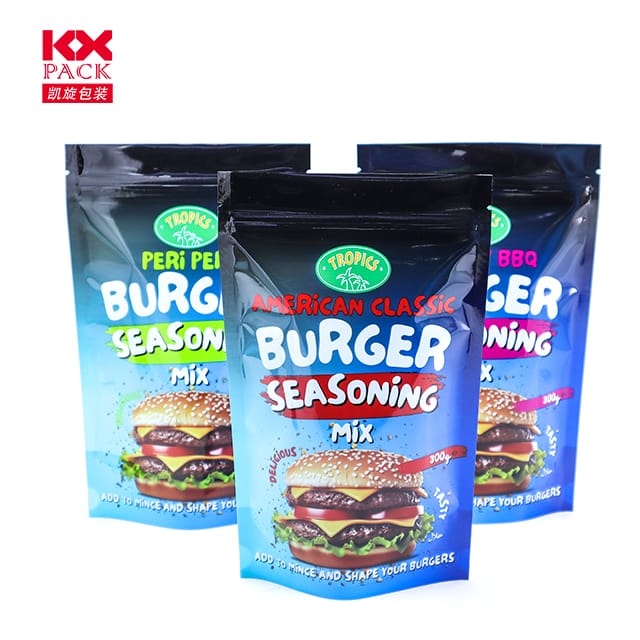パッケージングプラスチックフィルムの本質的なガイド: 種類, 利点, そして持続可能なソリューション
パッケージングプラスチックフィルム
From protecting fresh produce to securing industrial goods, 包装用プラスチックフィルム is a cornerstone of modern logistics and retail. その汎用性, 費用対効果, 適応性は業界全体で不可欠になりますが、環境への懸念が高まっています, 企業は、機能と持続可能性のバランスをどのようにバランスさせることができますか? プラスチック包装フィルムの世界を探索しましょう, それらのアプリケーション, 環境にやさしいイノベーション.
What Is Packaging Plastic Film?
Packaging plastic film refers to thin, flexible sheets made from polymers likeポリエチレン (PE), ポリプロピレン (PP), ポリ塩化ビニル (PVC), or polyester (ペット). These films are engineered to shield products from moisture, ほこり, tampering, and physical damage during storage, 配送, and display. Available in rolls, sheets, or pre-formed bags, they come in varying thicknesses (measured in microns) to suit different needs.
Common Types of Packaging Plastic Films
- ポリエチレン (PE) Film
- LDPE (低密度PE): Soft and stretchy, ideal for food wrap, pallet shrink wrap, and agricultural mulch.
- HDPE (高密度PE): Rigid and tear-resistant, used for grocery bags, trash liners, and industrial liners.
- ポリプロピレン (PP) Film
- Offers excellent clarity and heat resistance, making it perfect for snack packaging, laminated pouches, and medical supplies.
- ポリ塩化ビニル (PVC) Film
- Durable and transparent, commonly used for blister packaging, stationery, and construction films.
- ポリエステル (ペット) Film
- High-strength and chemical-resistant, favored for flexible packaging, ラベル, and electrical insulation.
- 生分解性フィルム
- Made from plant-based polymers (例えば。, 人民解放軍, PHA), これらのフィルムは、特定の条件下で自然に壊れます, プラスチック廃棄物の削減.
Key Applications of Packaging Plastic Film
- 食品業界
- 新鮮な農産物: Stretch films and cling wraps preserve freshness by locking in moisture and preventing contamination.
- Meat and cheese: Vacuum-sealed PE or PP films extend shelf life by removing oxygen.
- Snacks: Multi-layered laminated films (例えば。, PET/PP) maintain crispness and prevent flavor loss.
- Retail and E-Commerce
- Pallet wrapping: Stretch films secure boxes on pallets during transit, reducing shifting and damage.
- Product displays: Shrink-wrap films create tamper-evident packaging for electronics, 化粧品, and toys.
- Industrial and Construction
- Vapor barriers: HDPE films protect buildings from moisture during construction.
- Machine protection: Anti-static PP films shield sensitive equipment from dust and static electricity.
- Agriculture
- Mulching films: Black PE films suppress weeds and retain soil moisture in farms.
- Silage wraps: UV-resistant films preserve livestock feed by preventing spoilage.
Advantages of Plastic Packaging Film
- Cost-Effective: Lightweight and easy to produce, reducing shipping costs and material waste.
- Customizable: Available in colors, prints, and textures to enhance branding and product appeal.
- Hygienic: Impermeable to bacteria and moisture, ensuring food safety and product integrity.
- Efficient: Stretch films can reduce packaging volume by up to 50%, optimizing storage space.
Sustainability Challenges and Solutions
While plastic films offer undeniable benefits, their single-use nature has raised environmental alarms. 業界がどのように対応しているかは次のとおりです:
- Recycling Initiatives
- Many PE and PP films are recyclable. Businesses can partner with programs like TerraCycle to collect used packaging.
- Downcycling: Recycled films are often repurposed into products like plastic lumber or trash bags.
- Biodegradable and Compostable Alternatives
- Films made from コーンスターチ (人民解放軍) または サトウキビ (PHA) decompose in industrial composting facilities within 6–12 months.
- 例: Eco-Flex® by BASF is a compostable film used for organic food packaging.
- Reusable Systems
- Some companies adopt returnable packaging (例えば。, reusable silage wraps or pallet covers) to minimize waste.
- Thinner Films
- Advances in nanotechnology allow manufacturers to create ultra-thin films (例えば。, 5-micron PE) without sacrificing strength, reducing plastic use by up to 30%.
How to Choose the Right Packaging Film
- Product Requirements:
- Perishable goods? Opt for oxygen-barrier films (例えば。, EVOH-coated PET).
- Heavy items? Choose high-tensile HDPE or reinforced PP films.
- Environmental Impact:
- Prioritize recyclable or biodegradable options if sustainability is a priority.
- Cost Constraints:
- Balance upfront costs with long-term savings (例えば。, reduced damage during shipping).
The Future of Packaging Plastic Film
のような革新edible packaging (made from seaweed or starch) そしてsmart films (with embedded sensors to monitor freshness) are on the horizon. その間, stricter regulations (例えば。, EUの使い捨てプラスチック指令) are pushing industries to adopt circular economy models.
最終的な考え
Packaging plastic film remains a vital tool for protecting products and reducing waste—but its future hinges on sustainable practices. By opting for recyclable materials, supporting biodegradable alternatives, and optimizing design, businesses can minimize their ecological footprint without compromising performance.
Ready to upgrade your packaging? Share your thoughts or questions in the comments below! 🌍📦
キーワード: 包装用プラスチックフィルム, 持続可能なパッケージ, biodegradable film, polyethylene film, plastic recycling.






